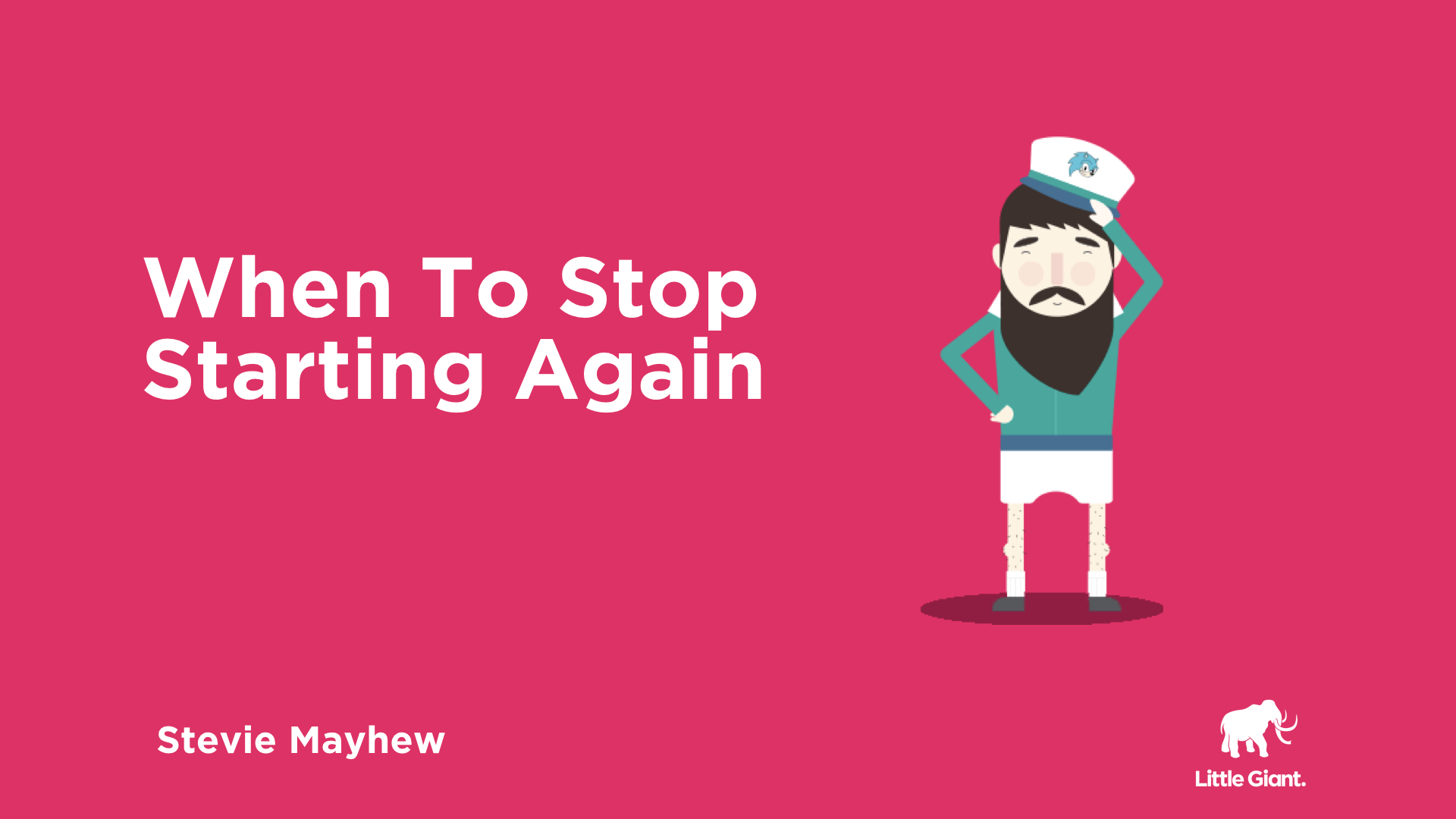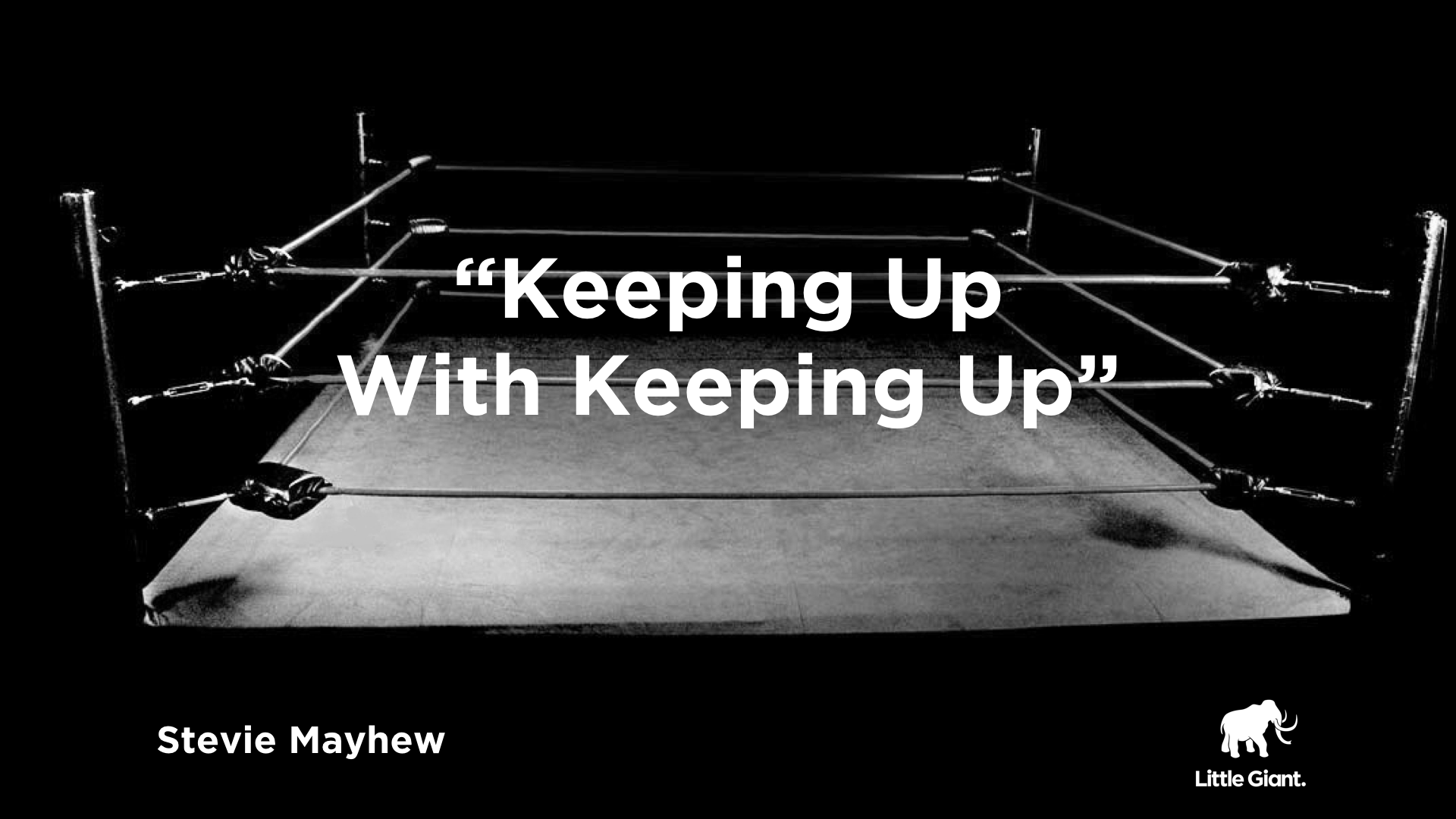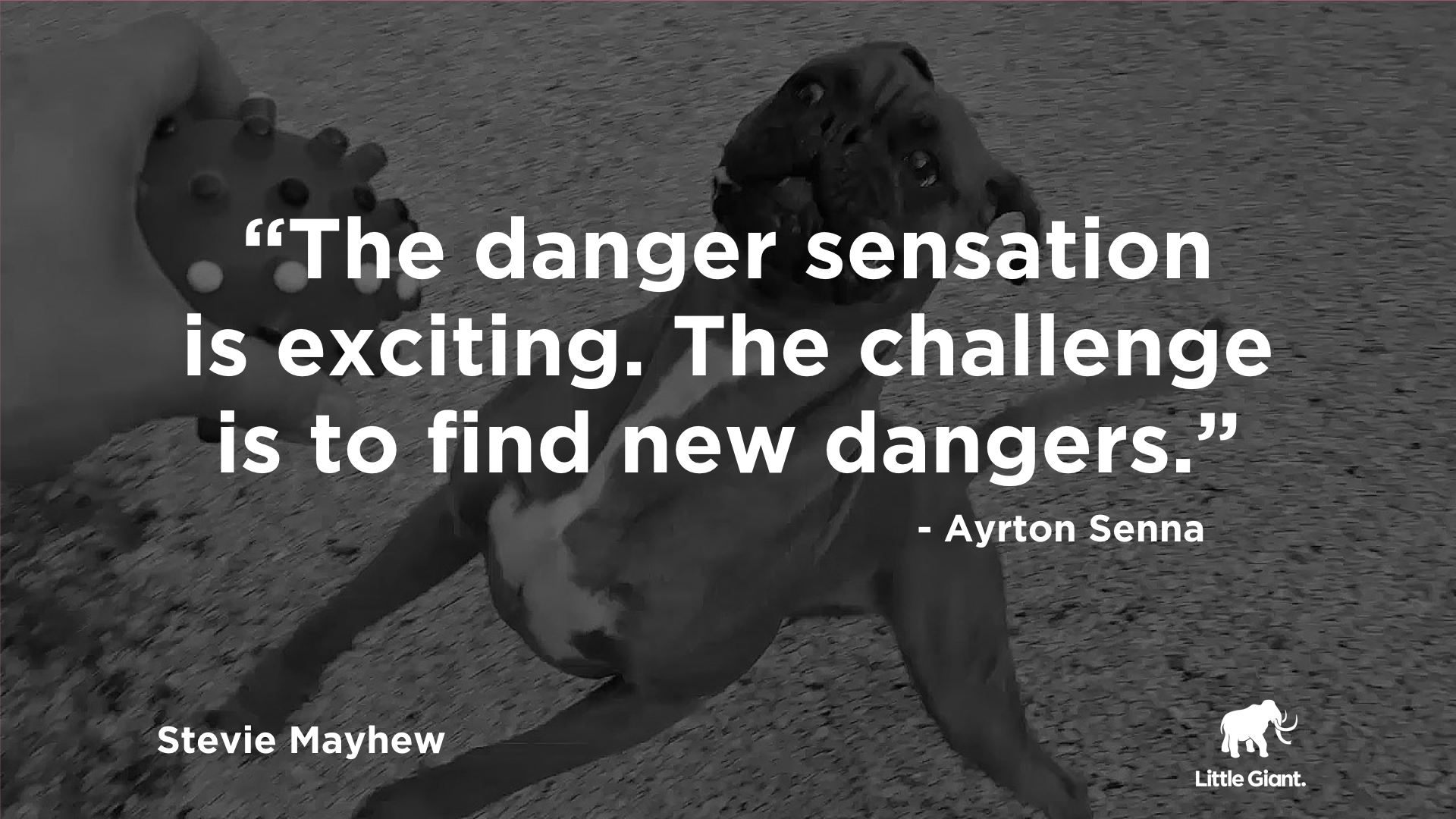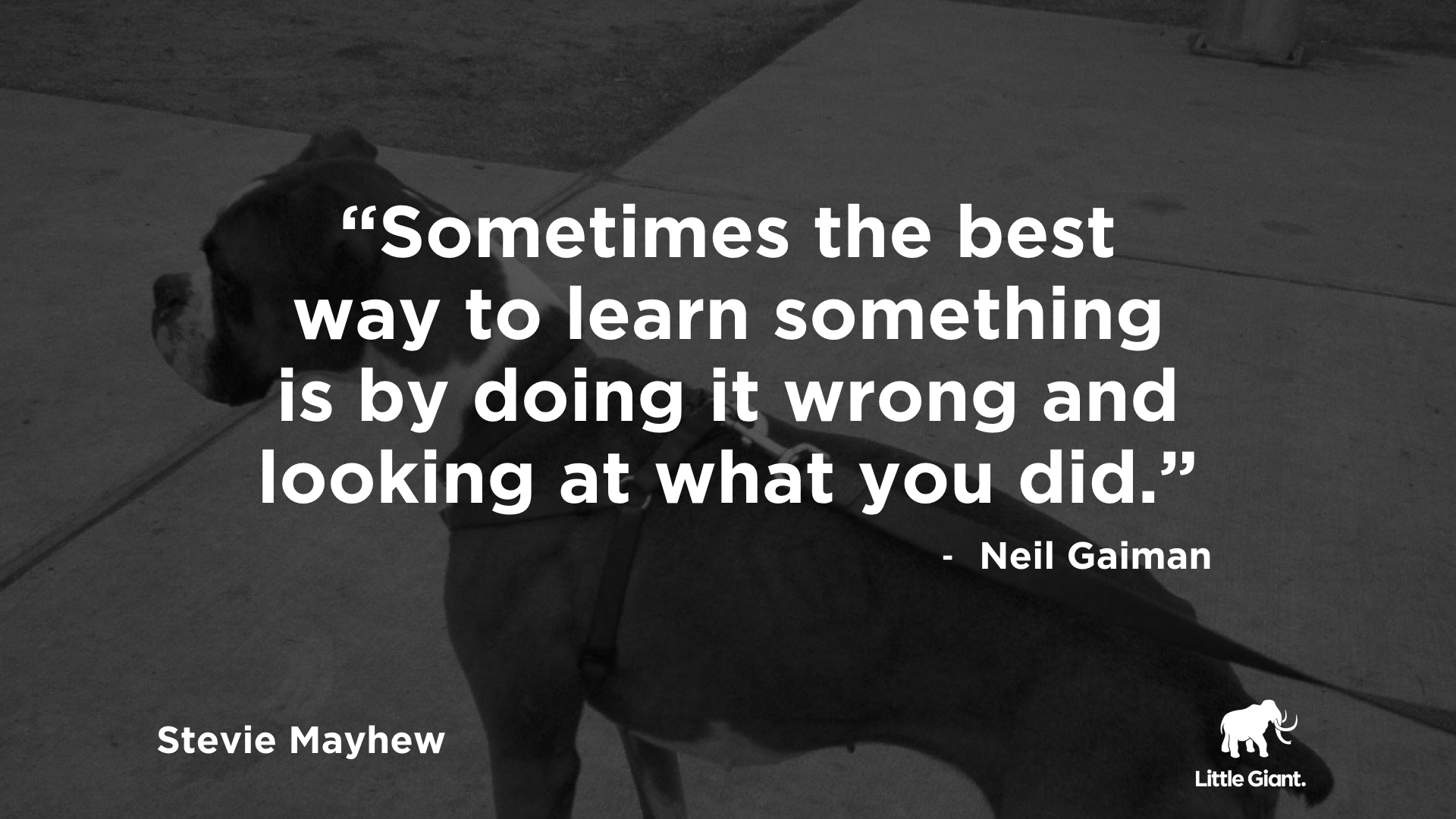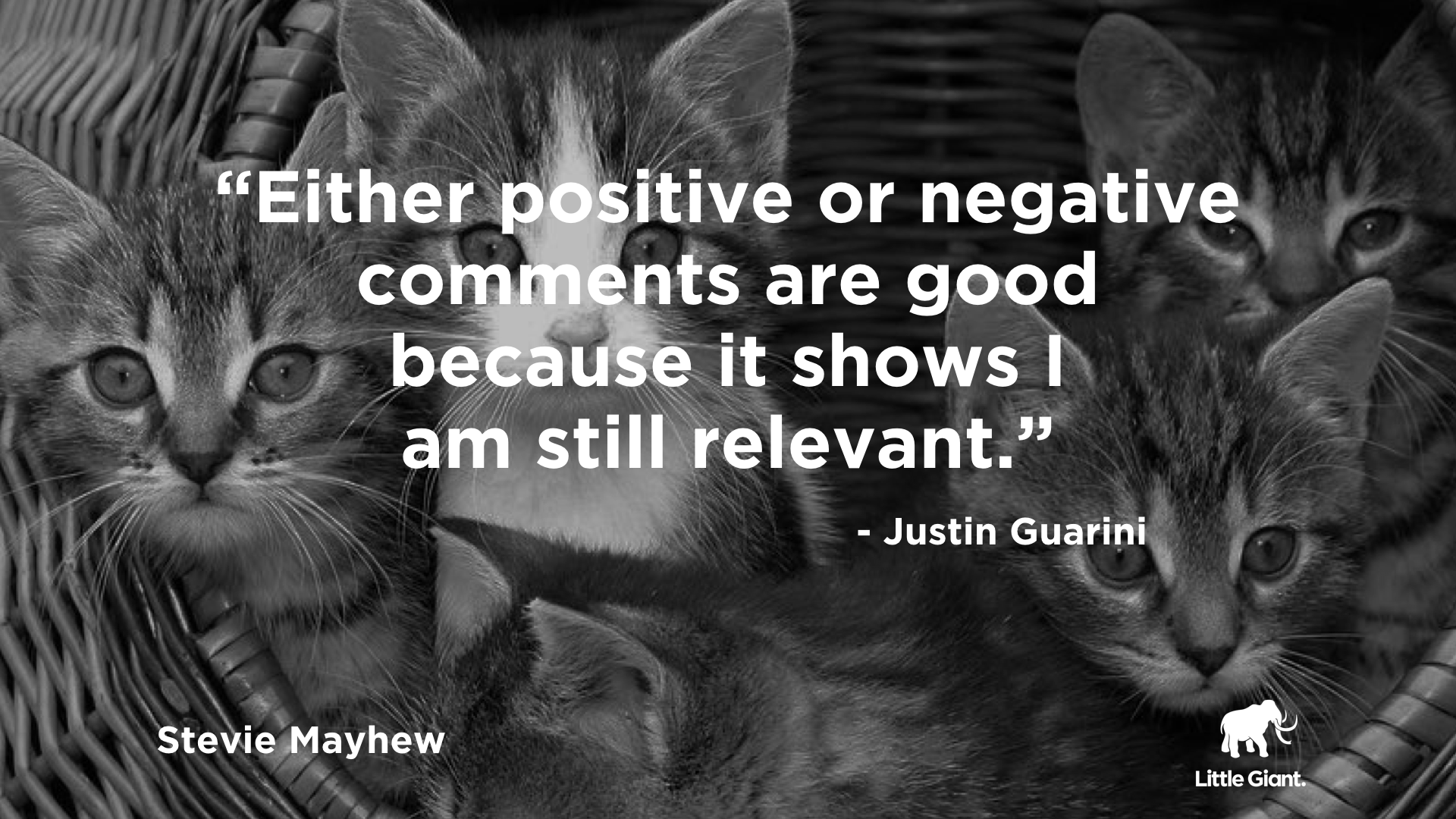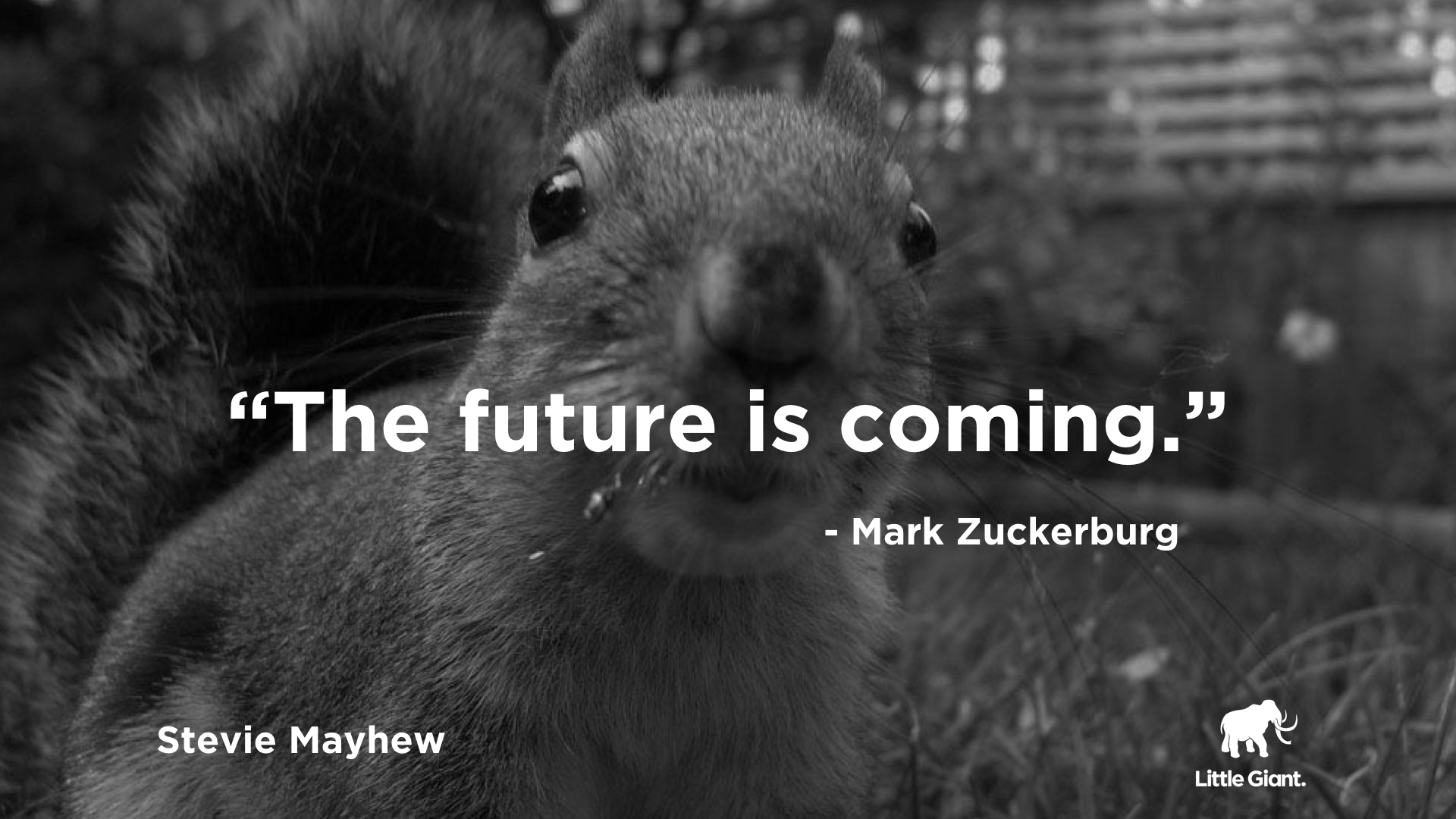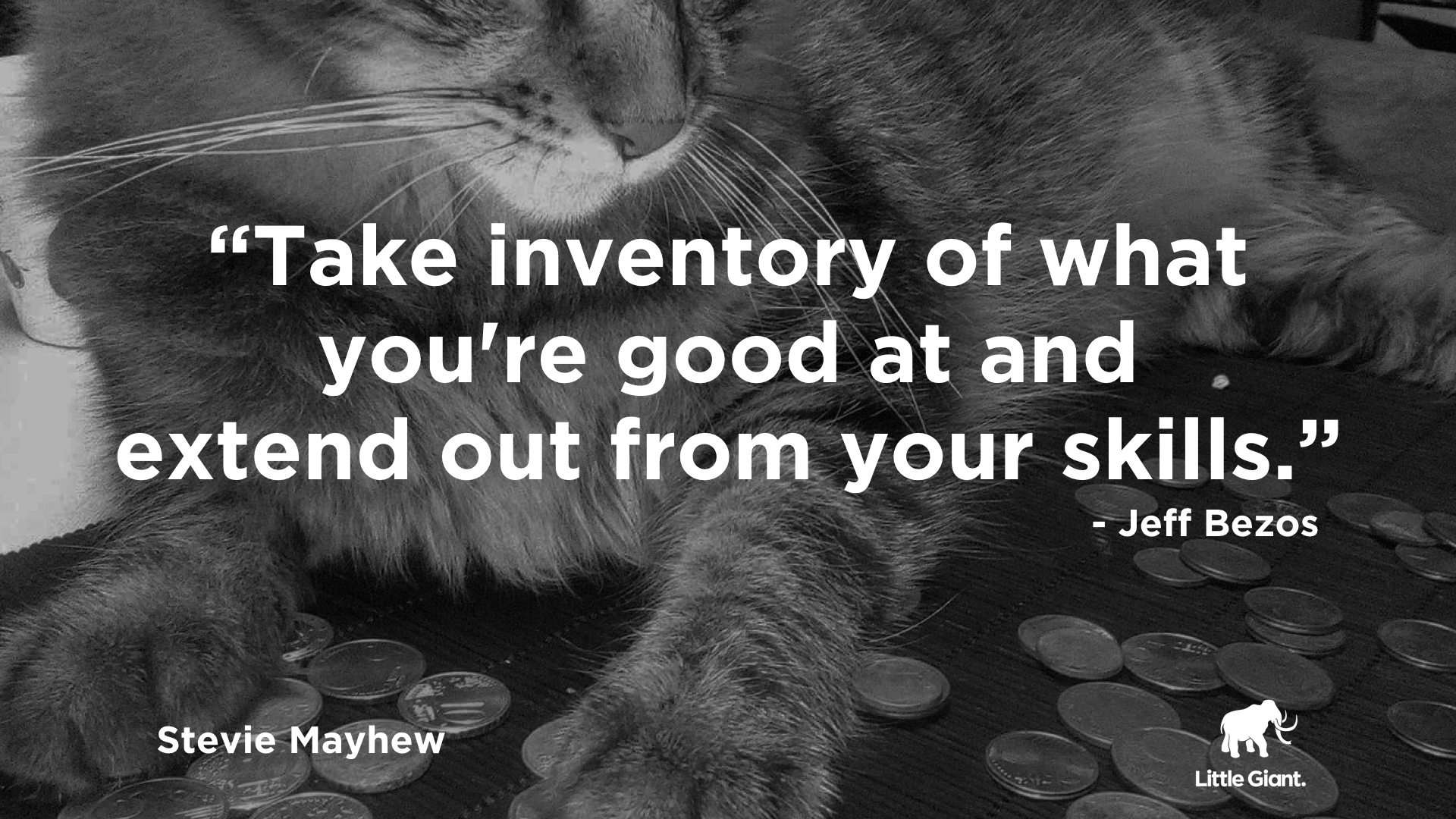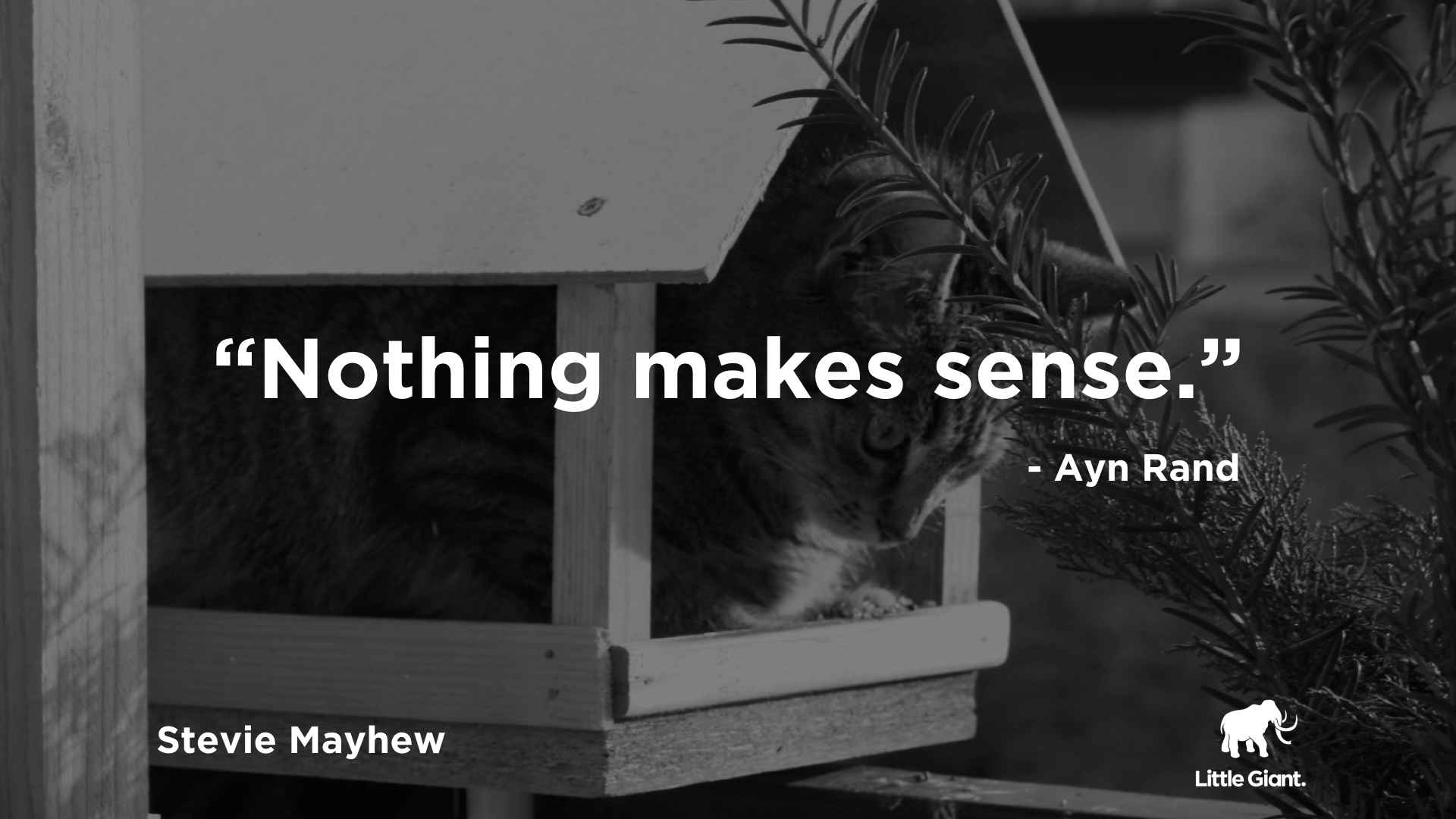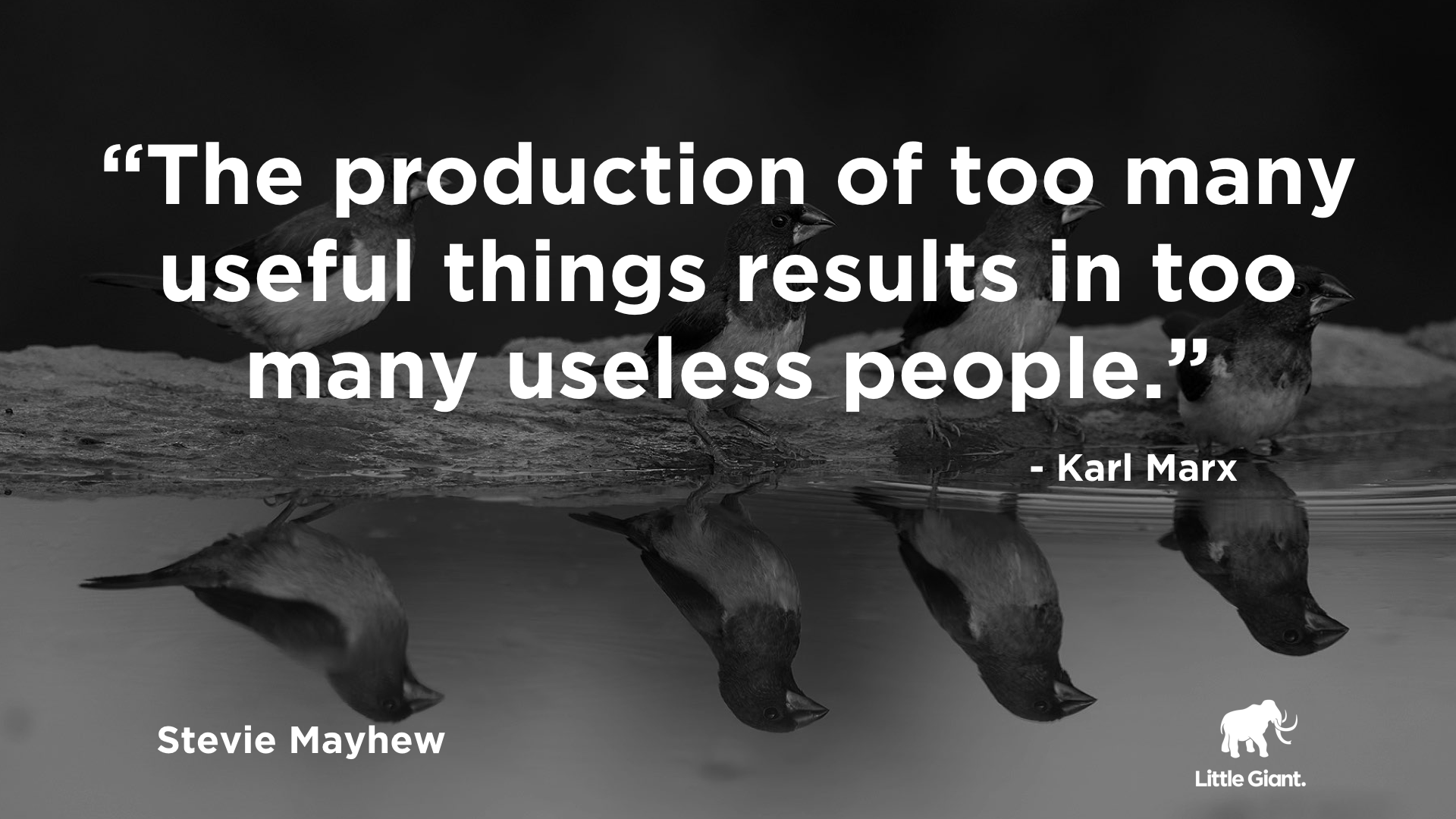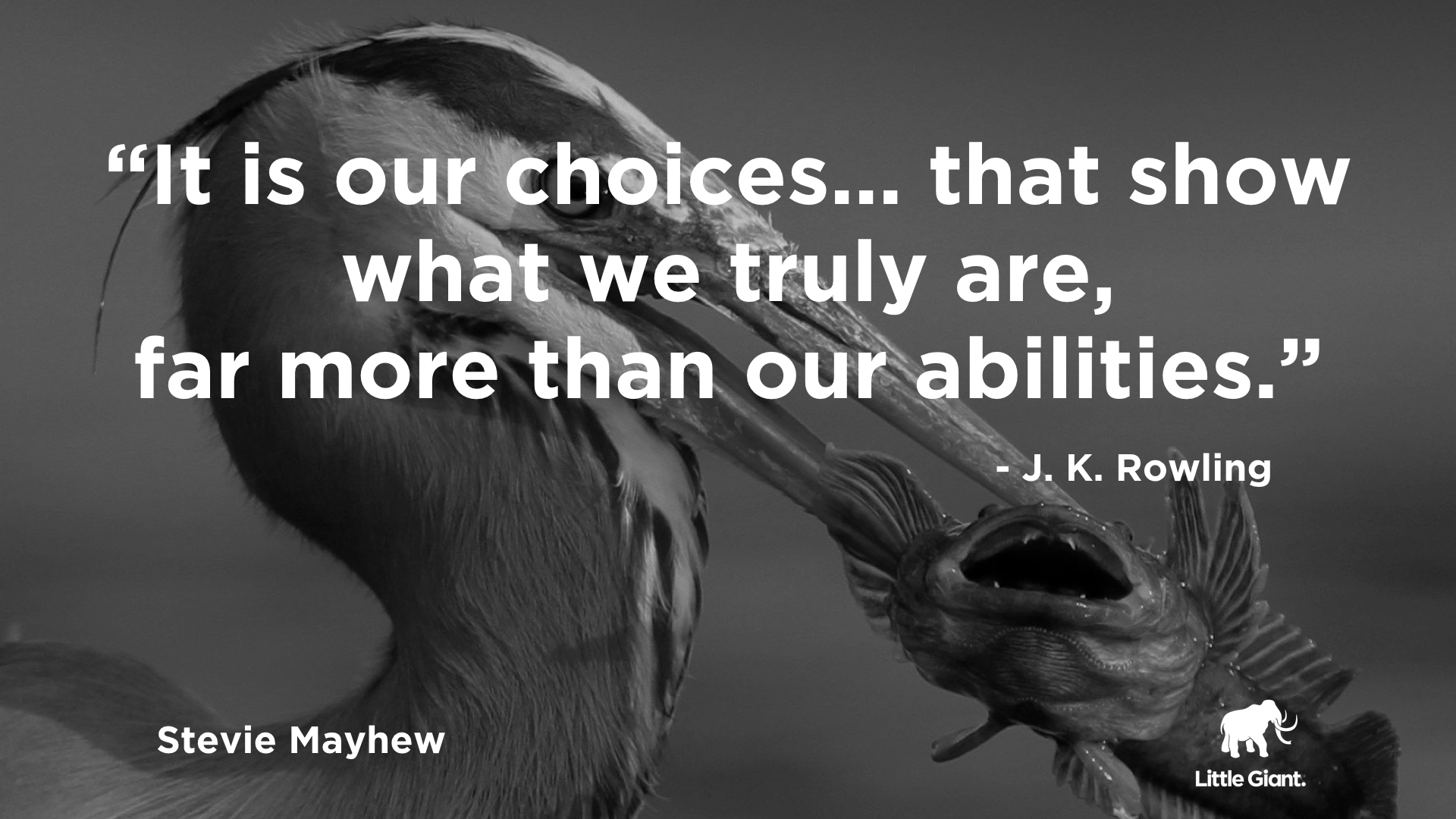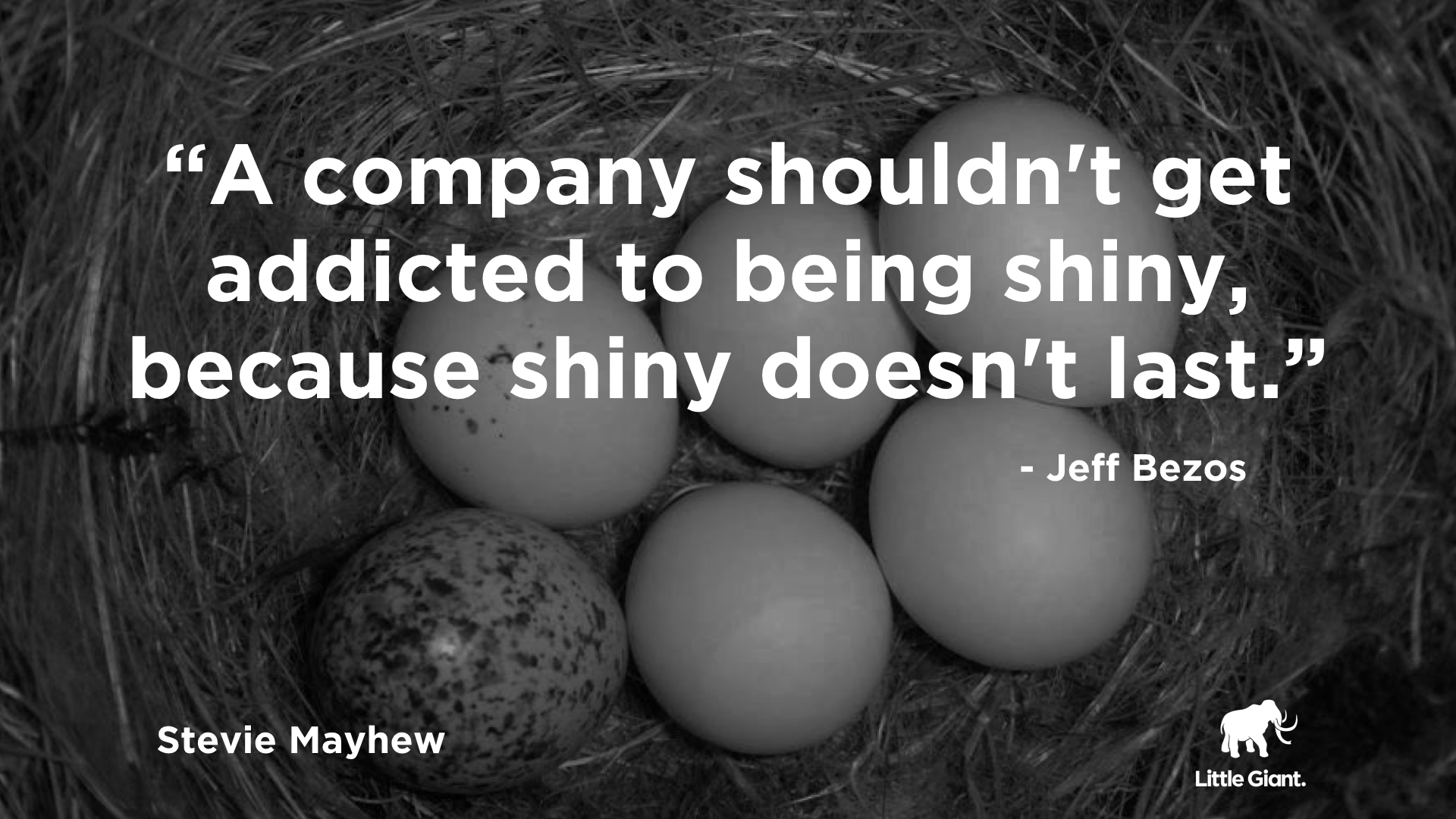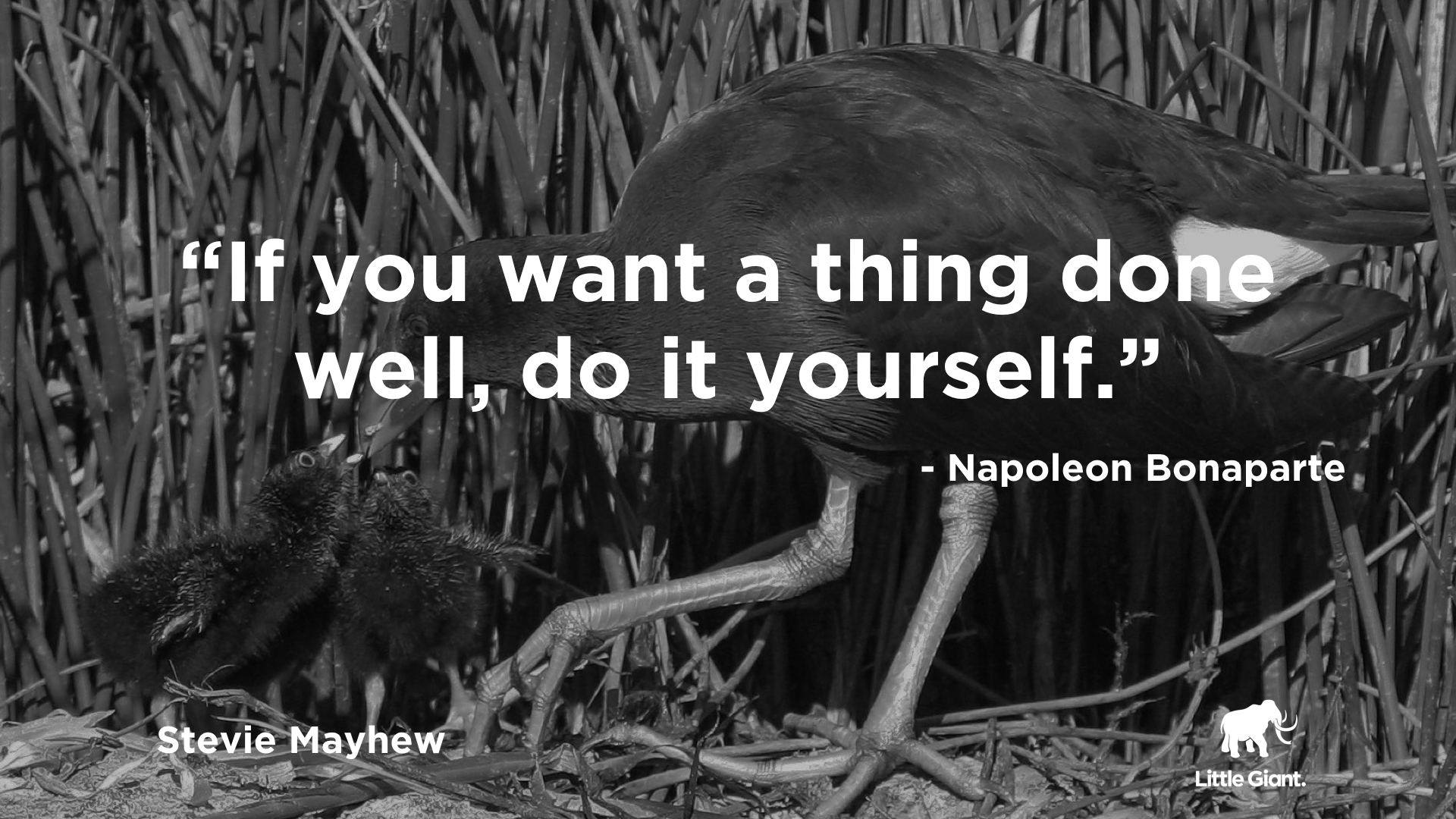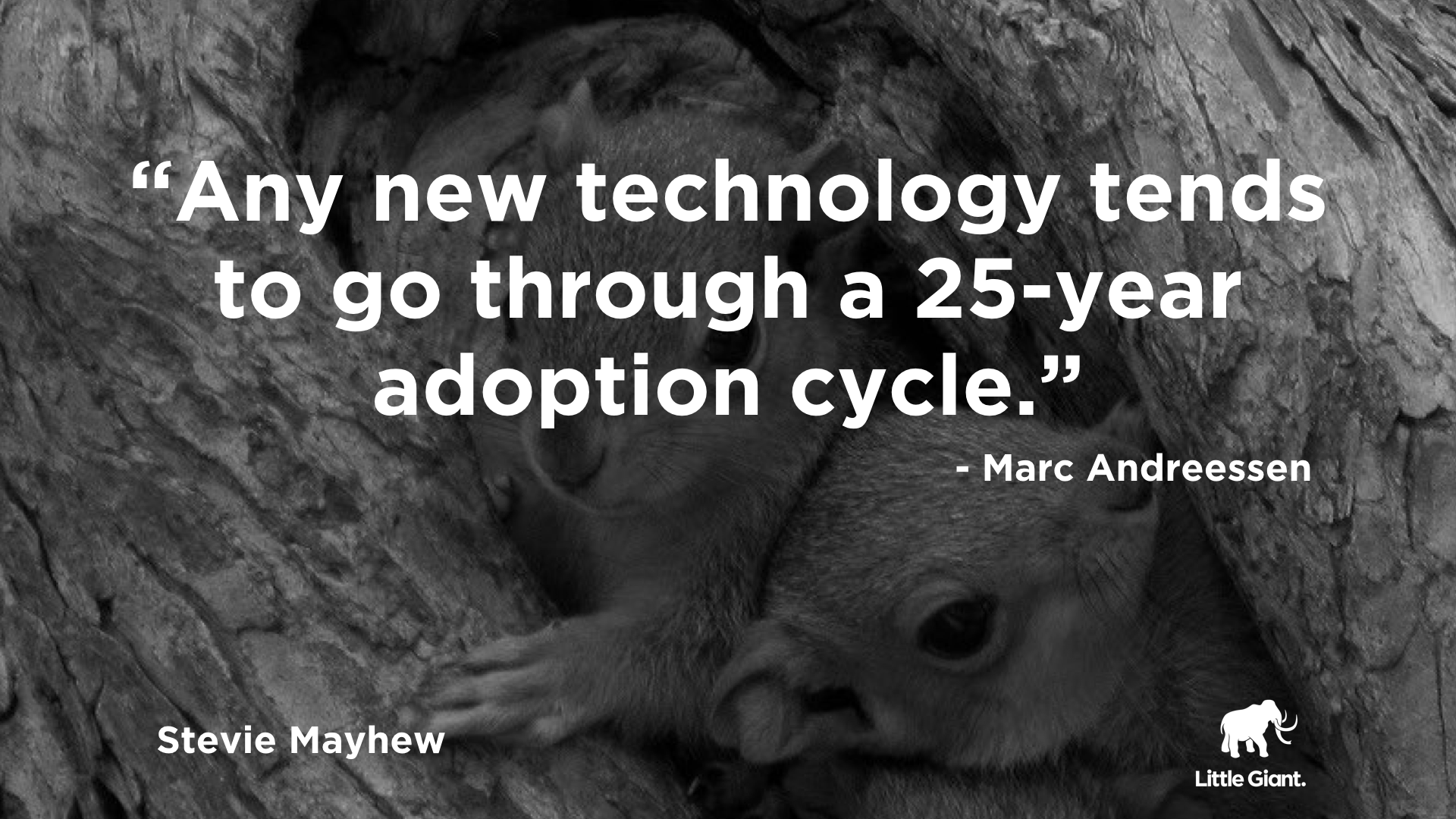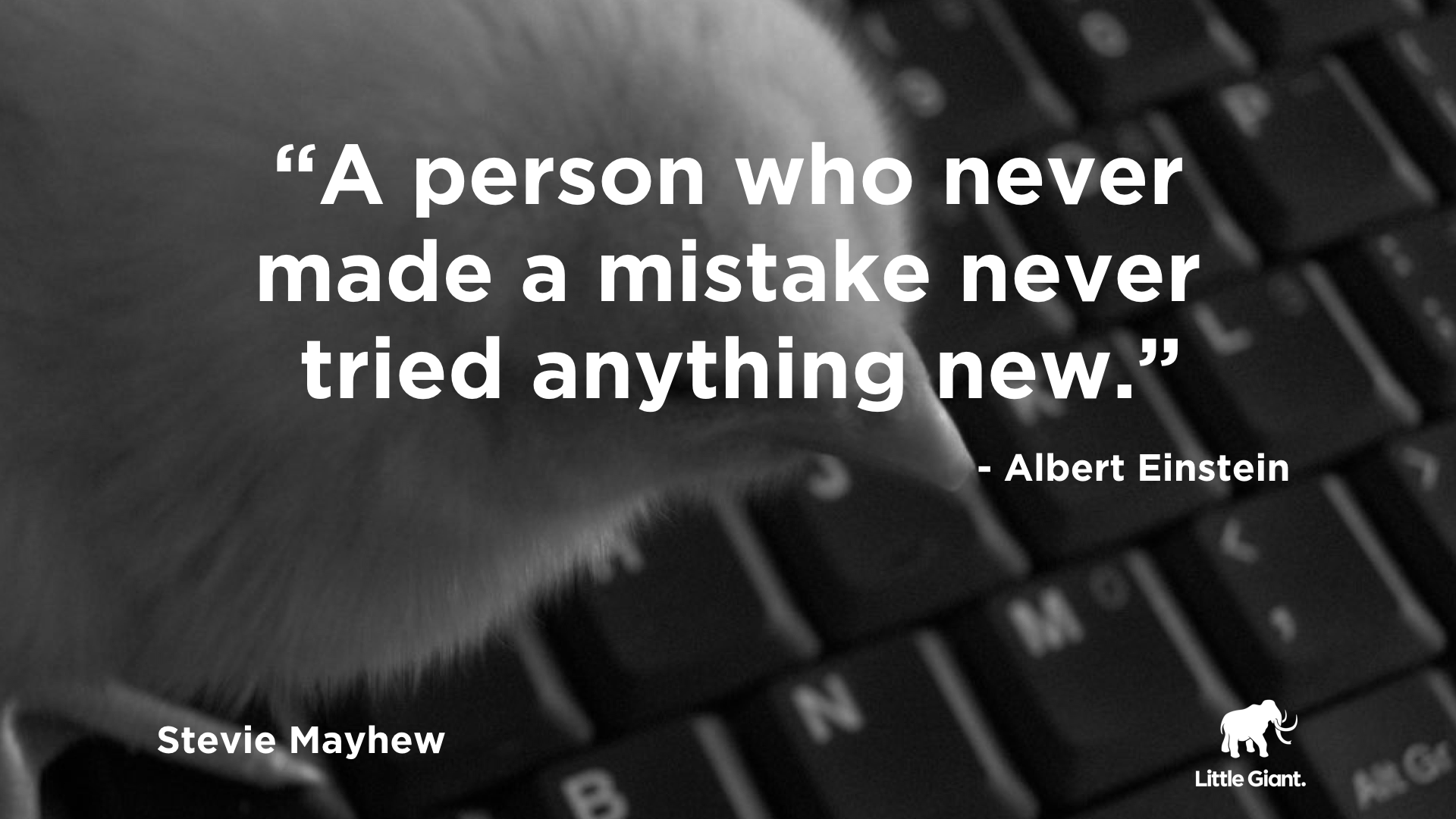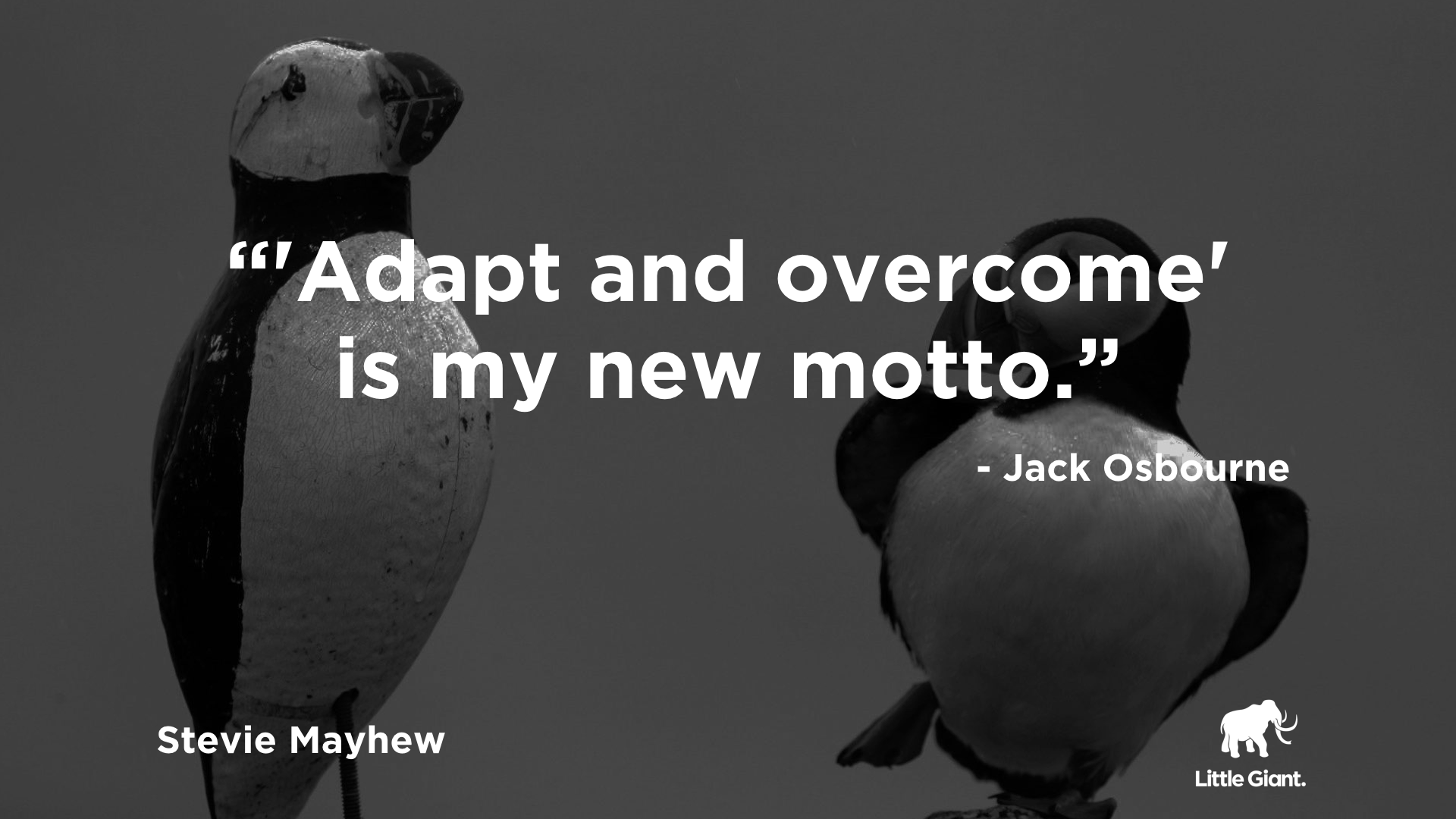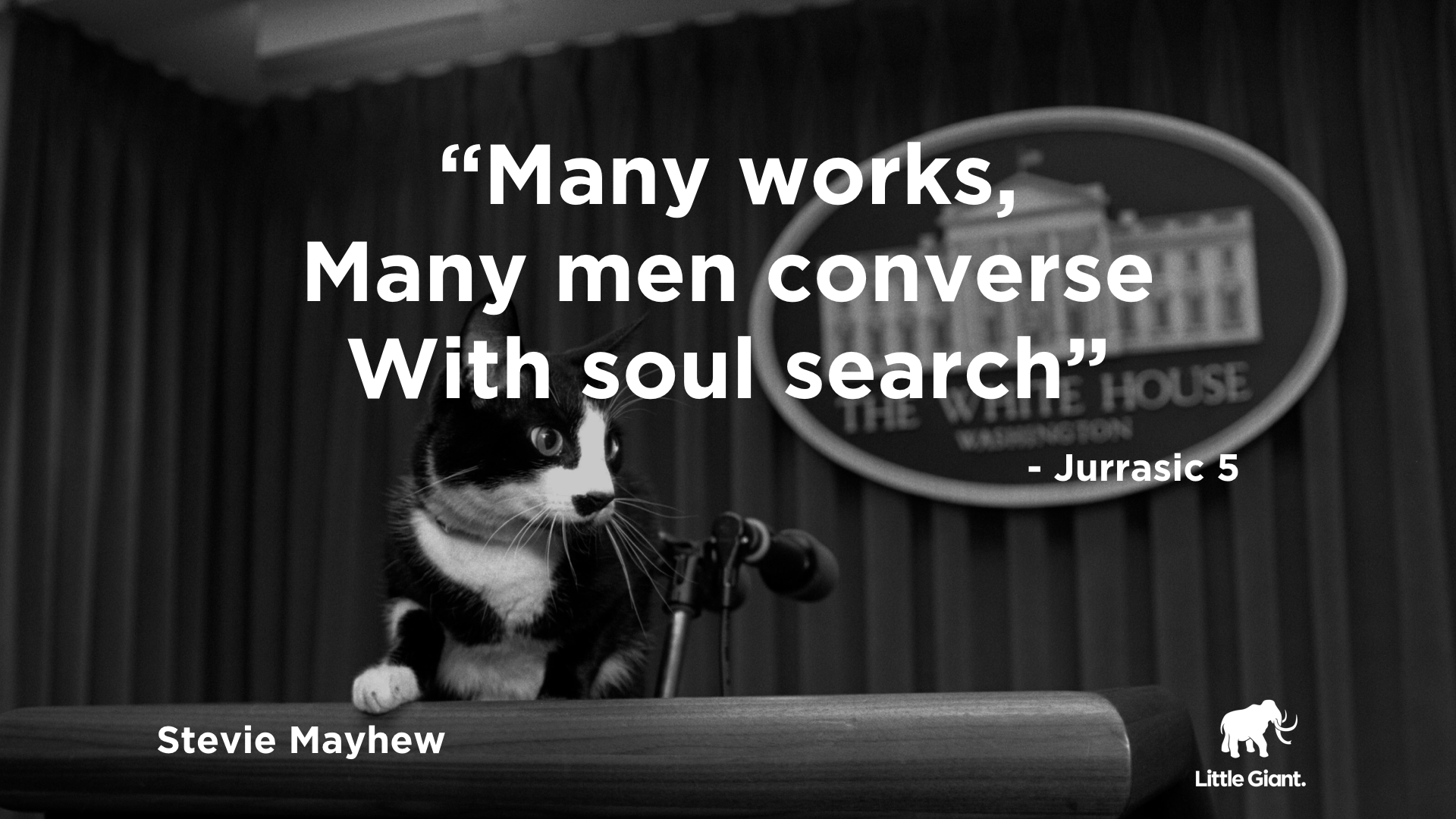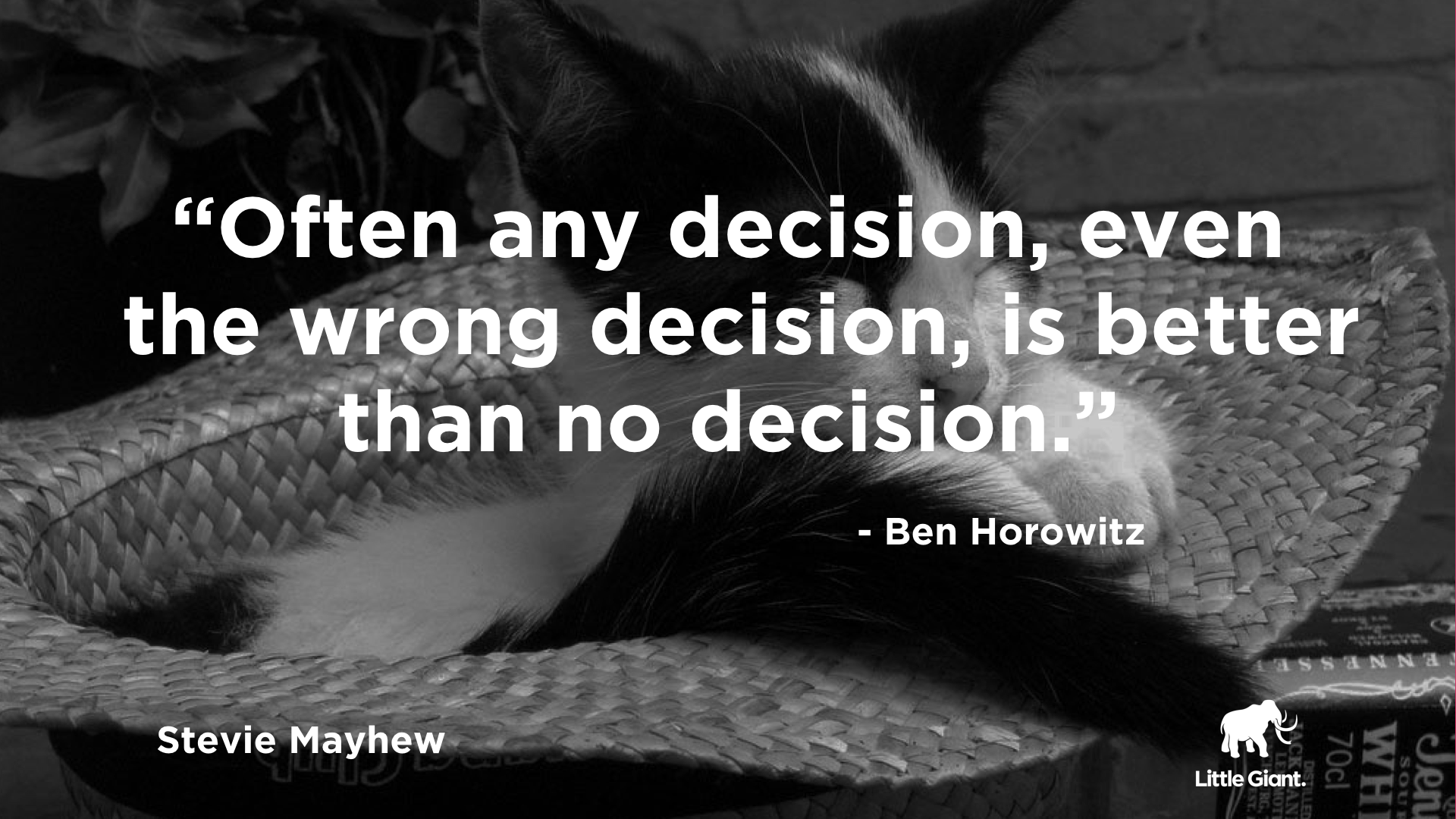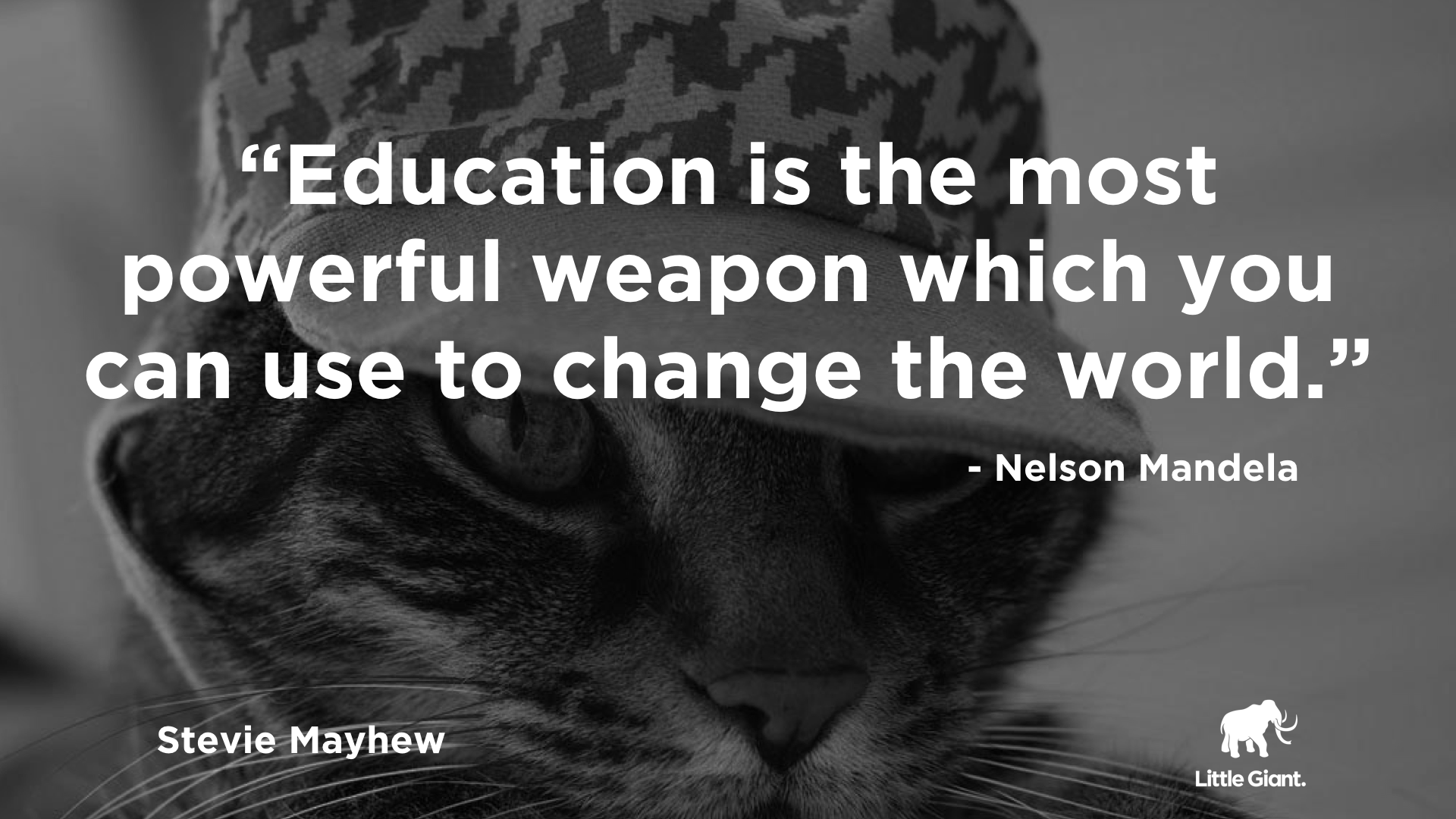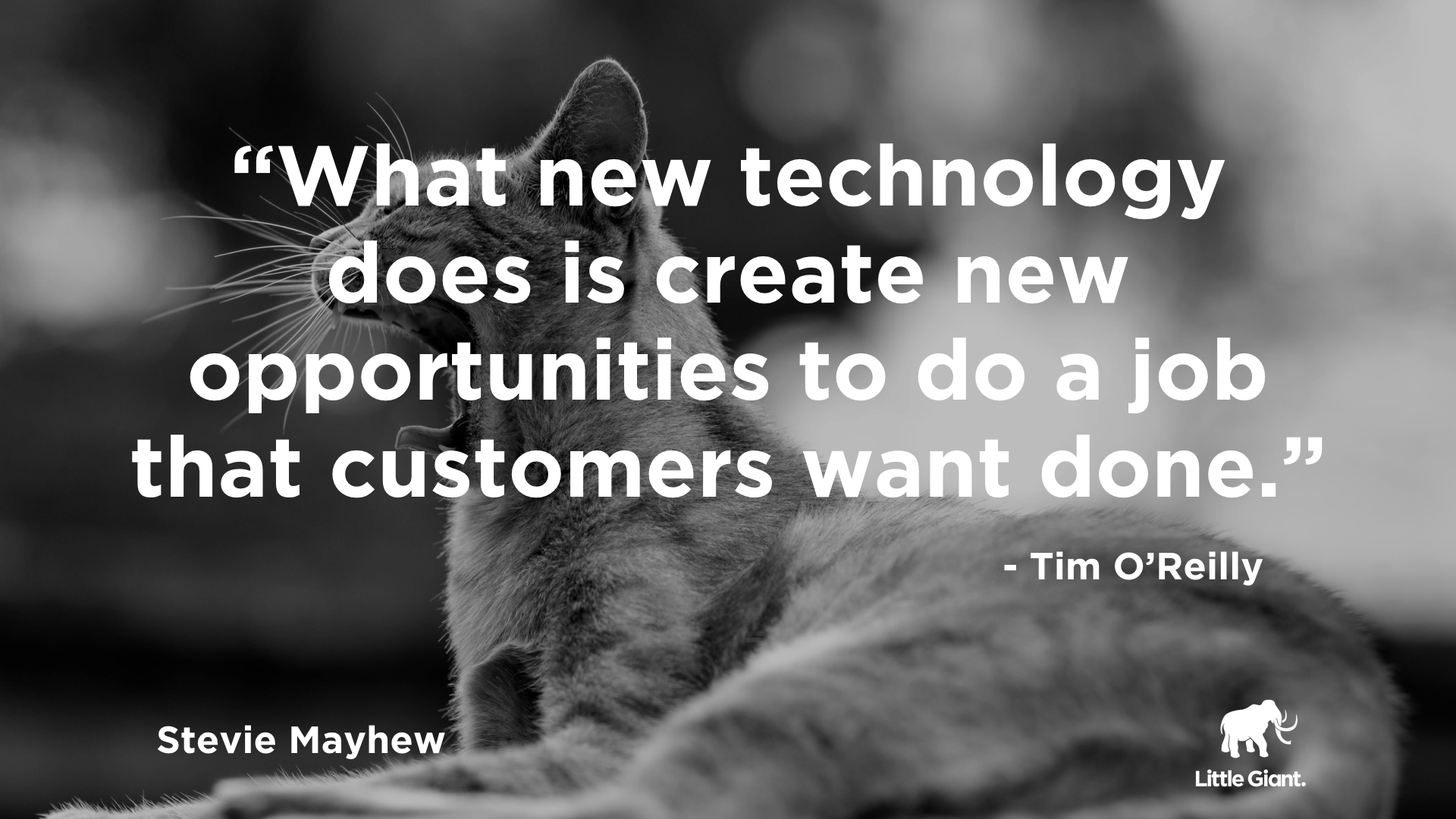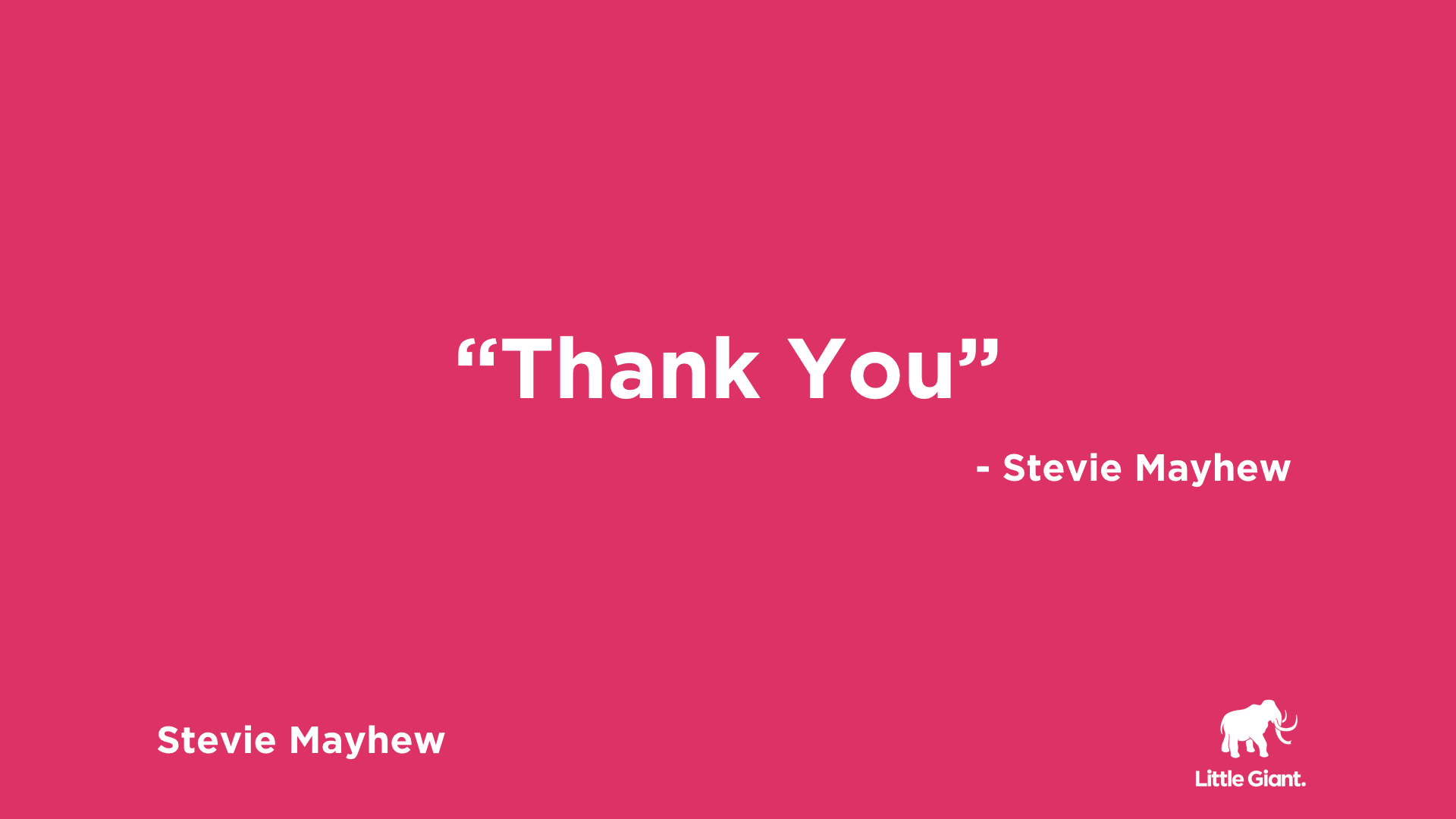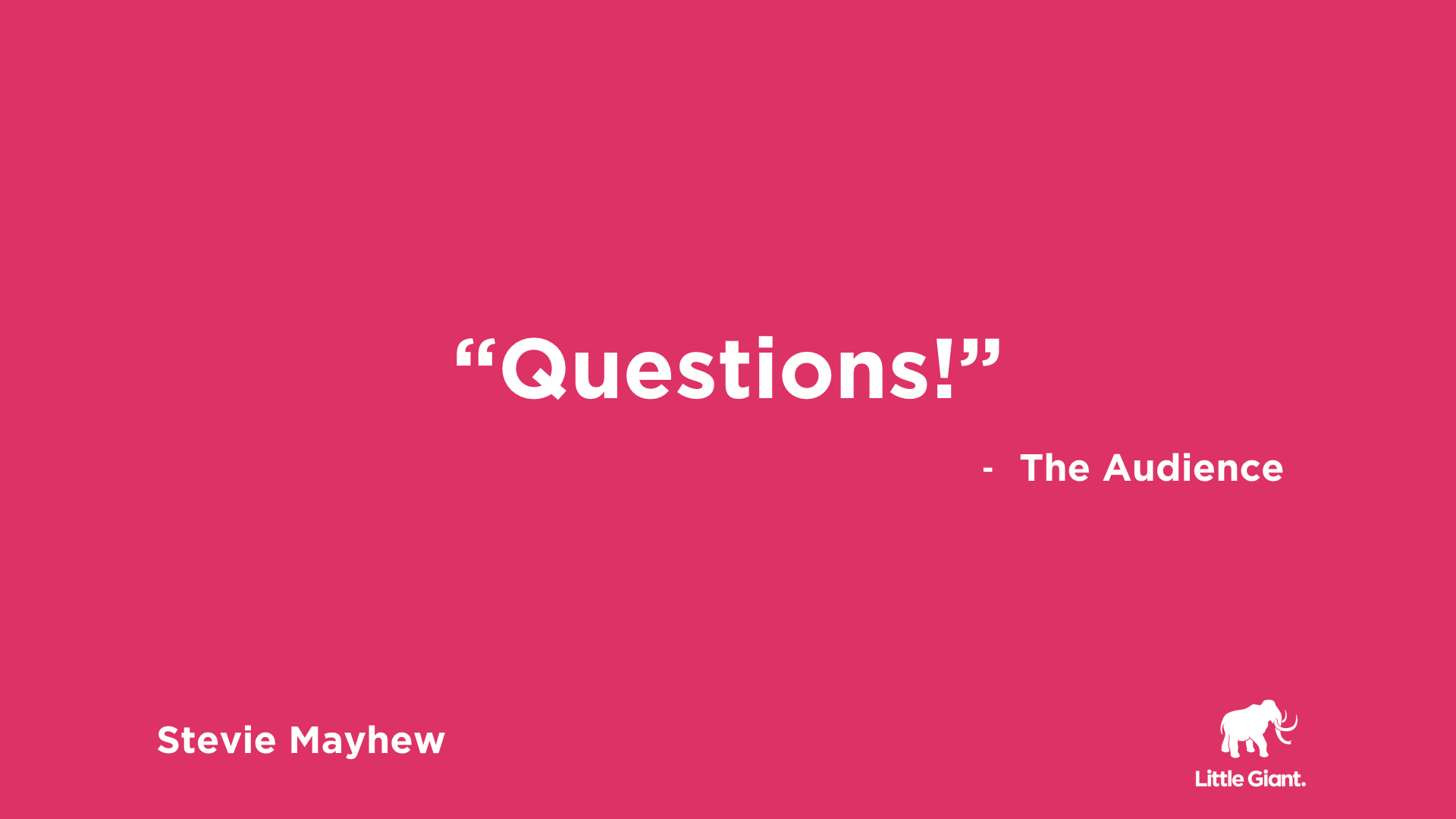Later in life, about 3 months into my working life at Little Giant I introduced the use of ReactJS without consulting anybody about it. I just went out and did it, because I thought it was cool.
However I had experience using it from a previous employer, two great resources in friends who now worked at Facebook, and the development of it was ongoing, backed by a giant company and looked like it would keep on an upward path. No, there wasn’t
a stable release and it could have blown up in my face, but thankfully it didn’t. I used it to write a small filter section of a larger ecommerce application - something we now do consistently.
I didn’t have any processes in place back then. We were a smaller team, with a bit more of a cowboy attitude. As we’ve grown its been important to put the processes in place to deal with new technology, and to ensure that we are making
the best decisions for the business going forward.
Now, we follow process for introducing any new parts of our tooling for front end work. This has lead us through 3 major storage systems (flux, reflux and redux for those interested) along with a multitude of other components that you need to use to
successfully build and maintain a ReactJS based applications.
